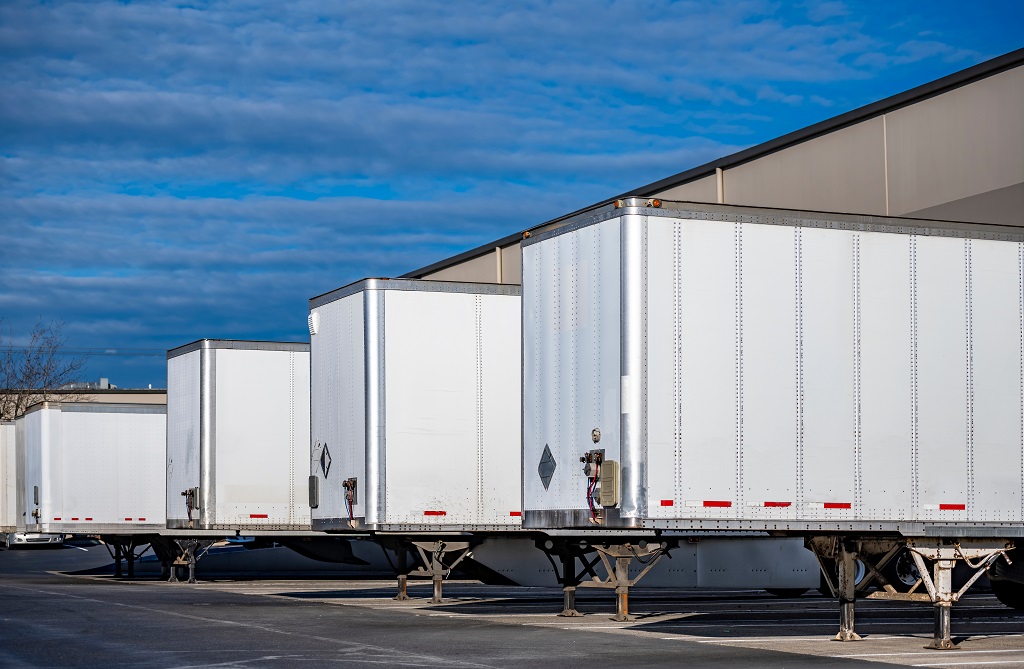What Makes a Lane Profitable? (It’s Not Just Rate Per Mile)
In the freight world, we’re often trained to chase the number. Rate per mile (RPM) becomes the holy grail — the one stat people throw around when talking about “good freight.” But here’s the truth: RPM alone doesn’t tell you if a load — or a lane — is actually profitable.
To run a successful trucking business, you need to look beyond surface-level numbers and start analyzing lanes like a strategist. Let’s break down what really makes a lane profitable.
1. Deadhead Miles Matter — A Lot
Deadhead miles are the miles your truck runs empty, either before picking up a load or after delivering one. If you’re hauling a load 400 miles at $3.00/mile but had to drive 150 miles empty to get it, your actual profit drops fast.
True RPM = Total Load Revenue ÷ (Loaded Miles + Deadhead Miles)
That fancy $3.00/mile might actually be closer to $2.14/mile when you account for the deadhead — and that’s before fuel.
2. Fuel Costs Can Make or Break a Lane
Fuel isn’t just a line item — it’s a profit killer if you’re not strategic.
Running through states like California or Pennsylvania with high fuel taxes can drain your margins. Smart trip planning includes fueling up in lower-cost regions and calculating IFTA impacts.
Tip: Watch out for mountain terrain too — climbing eats fuel fast.
3. Time is Money: Dwell and Drive Time
It’s not just about how far — it’s about how long.
Is the shipper notorious for 5-hour load times?
Is the drop appointment a day later than it needs to be?
Will traffic through a major metro slow things down?
A short trip that eats up a whole day because of delays isn't as profitable as it looks.
4. Backhaul Strategy is Key
The most profitable lanes aren’t just about the outbound — they’re about the loop. Going into a market with no good outbound freight means either:
Taking a cheap return load
Deadheading to another market
Neither is good for your bottom line.
Smart operators build lanes with a return plan in mind.
5. Accessorials: The Hidden Profit Boosters
Sometimes it’s the extras that make a load worthwhile:
Detention pay
Layover pay
Fuel surcharges
Multi-stop pay
If those aren’t included — or aren’t enforced — you might be running “premium freight” for basic rates.
6. Hours of Service (HOS) Alignment
A load might pay well but not fit within your available drive time. If a driver runs out of hours mid-trip or gets stuck overnight due to poor planning, the cost of that delay hits hard.
Always check:
7. Market Timing & Seasonality
Rates are fluid. A lane that paid well last month might not pay the same this month. Being aware of:
...helps you anticipate and adapt, instead of reacting too late.
Final Thoughts
It’s time to stop asking “What’s the RPM?” and start asking:
How many total miles?
How long will it take?
What’s my true net after fuel, time, and effort?
Can I get out of that market profitably?
In freight, the smartest carriers win — not the ones who chase the highest numbers, but the ones who understand the full picture.






